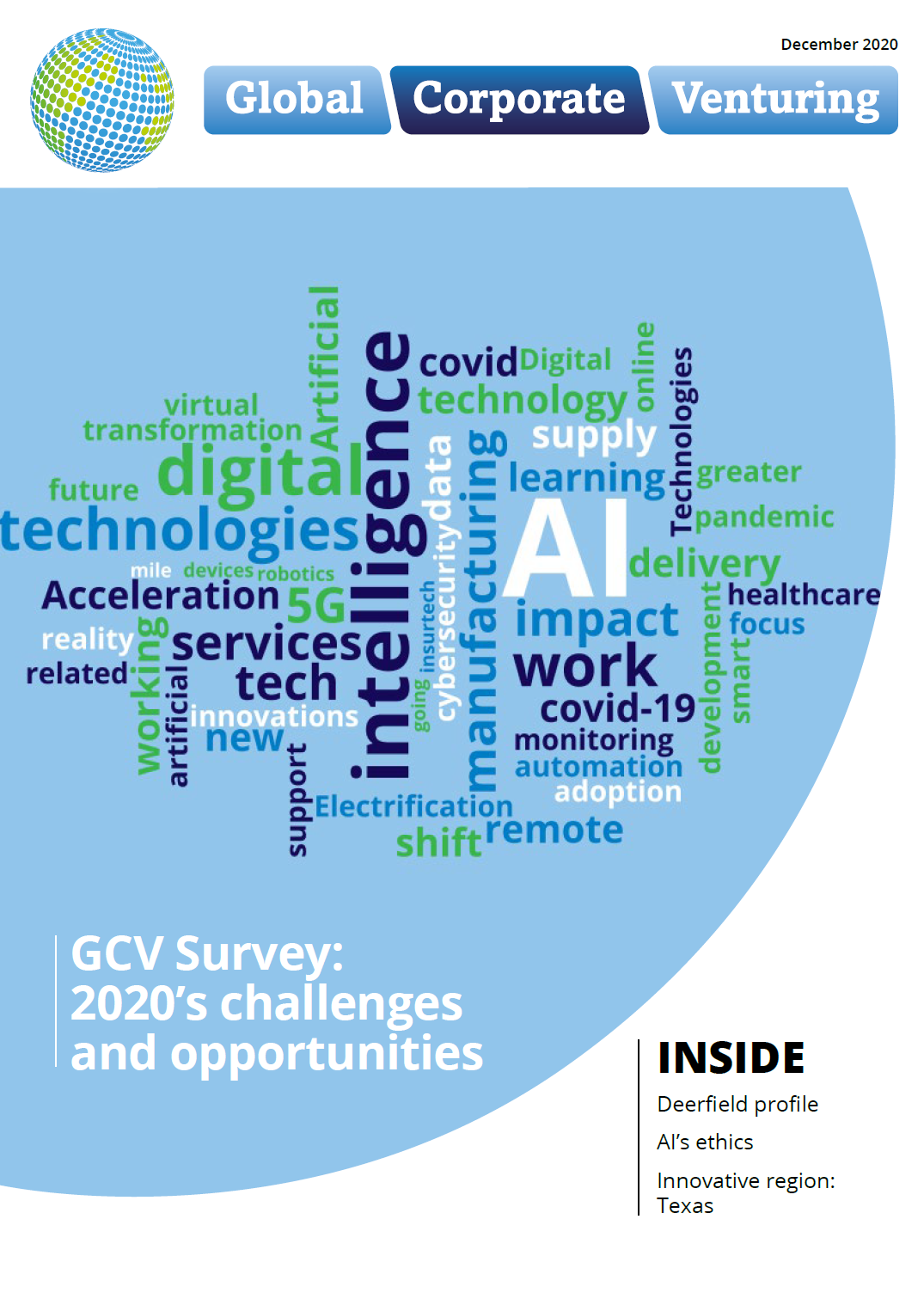Comment from Gillian Marcelle, managing member, Resilience Capital Ventures
The world is facing an urgent need to improve the alignment of the supply side of capital and the demand side. There are many estimates of the consequences of this misalignment.
In this short piece we wish to outline in a summary, a solution that we believe to be particularly well suited to emerging markets with weak policy and regulatory systems and immature capital markets.
That solution is encapsulated in our Triple B framework, an approach to investment that addresses bottlenecks and blindspots in the deployment of blended capital. This approach to structuring blended capital facilities differs from many of the conventional approaches put forward by the International Finance Corporation, OECD, World Economic Forum and Convergence. For those actors, operating from advanced, sophisticated capital markets, the emphasis is on the varying types of financial capital. For Resilience Capital Ventures, and its Tripe B framework, the main purpose of blended finance strategies is to bring different types of capital into the investment process.
The Triple B Framework defines blended finance as an investment strategy that deploys financial capital in combination with other forms of capital – knowledge, political, social, cultural, network and relationship – using systematic processes aimed at producing optimal beneficial services from assets, held by individual or collective owners.
In this approach, we make the assumption that in settings where business and capital market ecosystems are weak, non-financial forms of capital may even be more important than financial capital and under those circumstances, catalysts and activators will be required to play critical roles. It is these ecosystem builders, deploying non-financial forms of capital that help to align the supply and demand side of capital markets. Non-financial capital is often required ahead of financial capital injections, and the institutional infrastructure rather than individual enterprises is often the recipient or beneficiary. Therefore, we suggest that efforts to strengthen ecosystem builders and support their efforts are an aspect of the financing-the-Sustainable Development Goals agenda that deserves much more attention.
The Triple B framework with its blended finance strategy, provides a solution to the challenge of accelerating investment in international development domains areas such as water and sanitation, affordable housing, clean energy, health and education. These are typically areas where private investors are often not able to generate a pipeline or to assess the value of deals; these socio-economic areas are sites of critical need, and at the same time, the domains where there is a significant gap in the availability of financial capital.
There are signs of progress, in the SDG Impact Investment project being deployed by UN Development Programme; there are elements of a blended finance approach similar to that espoused by the Triple B framework. The UN Capital Development Programme with its emphasis on pre- and post-development support is also a laudable example. These UN programmes have an understanding of context and are bringing knowledge and social capital. However, we note that their choice of partners are very large North Atlantic commercial firms, presumably because these private players have very large stocks of financial capital and prestige. It is our view that these firms lack some of the critical knowledge areas and cultural sophistication required to effect meaningful change. There is also very little diversity of perspective or demographics among these partners and this is worrying. The UN working with the private sector should not be restricted to a small club that is also exclusionary in their practices.
Very recently, we at RCV have had the opportunity to advise a large international investment firm on its ESG strategies and in the near future, we hope to be assisting a small Caribbean island with a sustainable finance facility using the Triple B framework. Among the components of knowledge capital that we will include is the know-how gained from the Seychelles Blue Bond, a very innovative example of partnership and financing that has reduced that nation’s debt burden and simultaneously generated funds for conservation and the fisheries sector.









